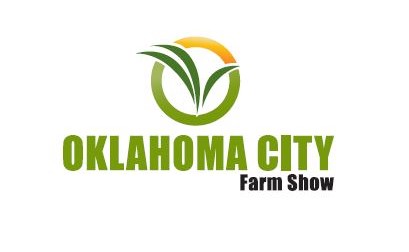
Farm Director KC Sheperd visited with the United Sorghum Checkoff Program’s Executive Director Norma Ritz Johnson to talk about the current conditions of the sorghum crop in 2024.
“It has not been an easy year for farmers,” she commiserated. “One of the reasons that I love leading the Sorghum Checkoff is because sorghum is a lot like our farmers. It is built for tough times, but it thrives when conditions are good. Sorghum can wait for rain, and that has really been the story this year in terms of the crop.”
Depending on when the crop was planted in the various areas of the nation and when or if moisture finally fell, yields are widely variable.
“We are still pleased that despite some of these tough conditions, we do have some good yields out there to the extent that USDA has kept bumping up our estimated yield.”
Currently, USDA projects a national average yield of 60 bushels per acre for sorghum. “We feel a little bit better about that because we had been doing some windshield statistician work over the summer and had noticed that there were some good fields out there as well,” Johnson said. “I just want to congratulate our farmers on weathering these tough times. It has not been easy. Managing that crop and implementing those best practices for growing sorghum is paying off.”
In 2023, the Sorghum Checkoff Board of Directors approved a five-year strategic plan built on three main pillars: Premium, Production, and Perception. Johnson explained, “We are looking for those premium markets for producers to improve their bottom line. We are helping them improve production, overcome production challenges and implement those best practices in their production strategies. Perception isn’t just from a consumer standpoint, but also from a producer’s standpoint. There are still a lot of producers who we want to share information with about how sorghum can be a sustainable solution in their farming systems. Then of course, we want to share sorghum as a sustainable solution for end users who will then, hopefully, pay a premium for that product and in the end, it benefits the farmer.”
One of the first goals of the Sorghum Checkoff when it was established more than 15 years ago was to develop effective grass control and herbicide-tolerant technologies. Those goals have been met, but the organization is now looking forward to the next level through a major sorghum physiology project.
“We are working on tomorrow’s sorghum, but we are also working on some of the challenges that have been inherent in sorghum for a while such as lodging and chinch bugs,” Johnson described.
According to Johnson, farmers and fans of sorghum recognized its sustainability traits long before sustainability became a common buzzword. Its drought tolerance and soil-liberating root system make it a premium crop for any farm.
“Right now we are working to quantify and measure that data so that it can benefit the farmer with some of the sustainability incentives that are beginning to be built,” Johnson said. “Not just from a government standpoint, but also from the end user’s standpoint.”
Another exciting opportunity for sorghum farmers is its potential in premium markets. “We are very excited to announce this week that more forms of sorghum have just been added to USDA’s Food Data Central database. Any food that you type into that database, it shows the macronutrients and characteristics complete nutritional profile.”
Another area in which sorghum shines is in high-value feeds, both domestically and across the world for poultry, aquaculture, swine, and more.

















